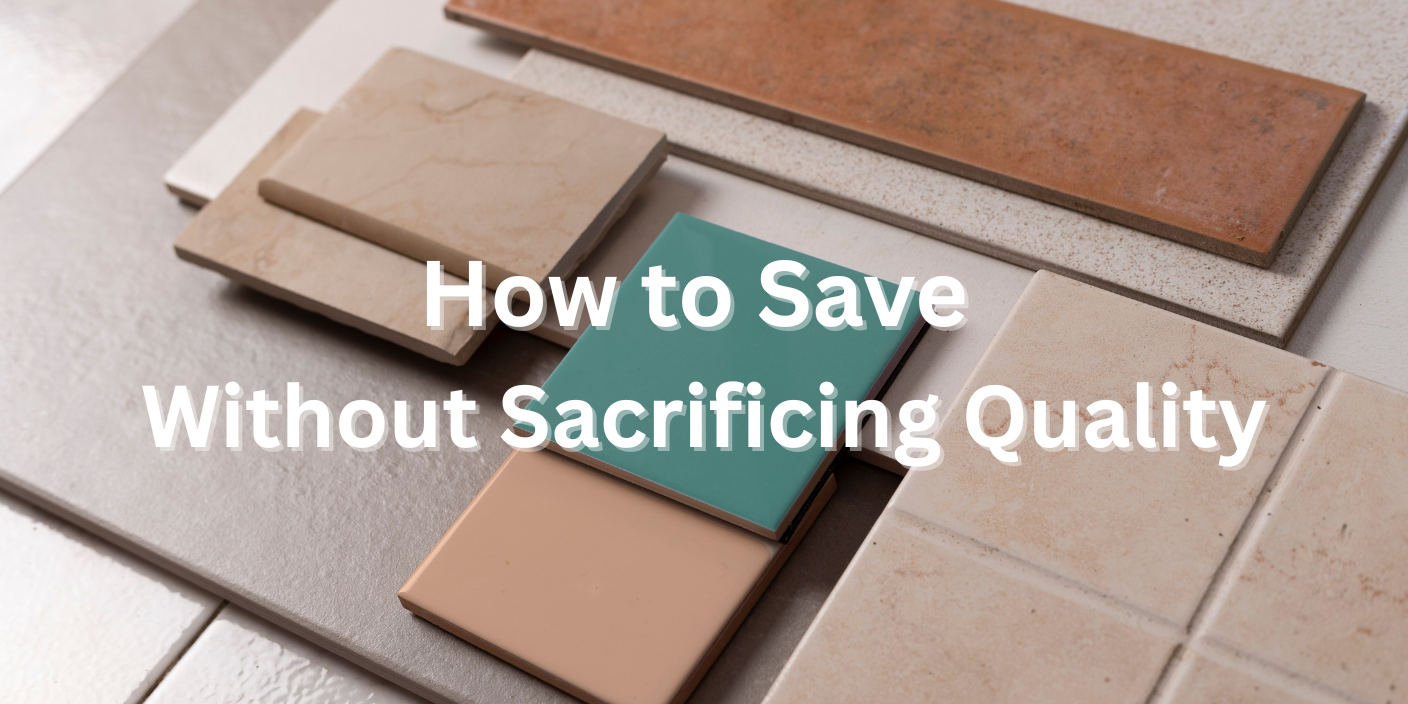That lowest cost will cost you!

It is fast becoming common knowledge among quantity surveyors, commercial developers, project managers and the like, that opting to use a multifaceted ‘value for money’ criteria is the preferable approach because it involves comprehensive evaluation of the contractor’s capability, the whole-life project cost and the quality of the workmanship.
Departure away from the ‘lowest bid’ model
The departure away from the shortsighted ‘lowest-price wins’ model in favour of a ‘best value’ evaluation criteria during the contractor selection process is a trend that experienced and educated procurement professionals are using to their advantage.
The ‘lowest-bid’ approach has gained a strikingly negative reputation as a method of selecting a suitable contractor due to the vast amount of risks and unprecedented economic setbacks that often arise when cheap and inexperienced sub-contractors enter into a contract.
Lowest price tendering is widely discouraged by government and industry bodies, and avoided by experienced procurers of commercial project developments for the very same reasons.
Over the past decade, a lot progress has been made in the public sector towards improving the decision making standards, achieving efficiencies and championing ‘value for money’ over the whole life cycle of construction projects.
Flaws of the ‘lowest-price wins’ model
Put simply, cheap does not equate to quality work. The ‘lowest-price wins’ model is not conducive with producing quality outcomes, in fact it can ultimately be the most expensive option.
• The lowest cost format forces contractors to price work at unrealistically low levels, creating a volatile precedent before the project even begins and attracts the high risk of abnormally low tenders.
• Poor quality work. When contractors are positioned with the burden of a low profit project, there is an increased tendency to rush tasks, cut corners, ignore defects, use inferior products and processes, whilst investing less attention to detail and settling for sub-par performance and finished products.
• It can lead to reduced standards of workmanship due to stress, low morale and lack of motivation
• Poor quality construction leads to additional costs and delays caused by defects or contract discrepancies.
• Safety and workplace health may be compromised by unsafe work practices, increasing risk of injury and site complications.
• Increased willingness to engage in contractual conflict or legal battles to recover losses by the contractor
Placing an Emphasis on ‘Value for Money’
By opting for the “value for money’ or ‘multi-criteria selection’ evaluation approach during the tendering process, the client is positioned to select the best fit supplier to supply goods and/or services at the best value for money. Such a contractor is likely to be sound commercially, technically competent, financially sound and best suited to produce quality project outcomes.
The rationale to achieve best value for money is engrained in our workplace culture. We exemplify it through our commitment to ensuring quality workmanship and unmatched customer service and reliability. Not only are our dedicated contract managers dialled in to pitch impeccable tender submissions, but our whole team from top to bottom is skilled and incentivised to deliver best value for money.
Putting Practice into Action
We understand that there is often a lot of pressure from the project developers and investors to push for the lowest pricing. As a Quantity Surveyor or skilled professional overseeing the tender process, it is your responsibility to weed out the potential risks and select the best value bidder. We want to share some actionable items that will help you migrate from the lowest cost to a best value approach.
• Work with a reputable and/or recommended sub-contractor. There is a world of untapped knowledge and expertise waiting to be unlocked. At Specialist Ceramics, our management and technical team are collaborative and approachable. We can help you find more value where others won’t see.
• Share your findings and ideas with your team. A collaborative and communicative approach will help you seek out hidden value and build more confidence.
• Educate yourself. Spend some time researching, there is a huge range of tender specific information on the internet (much of it phrasing best value in practice).
• Formulate a process that works for you. Every project is different. Find a system that works for you so that you don’t become overwhelmed by the process.
• Open up dialogue and ask questions. There are very specific ways in which we can help you increase return of investment (ROI) on your project. One of them is through Value Engineering otherwise known as Cost Engineering!
• Find support. Seek out contractors like us! We offer end-to-end support throughout all of our processes. Leveraging our experience we can help you find alternative products and techniques that will lower the cost of your project. By doing so, you will increase the value of your final product. By finding smarter, cost-saving solutions, you’ll build a stronger reputation for quality and less for price.
If you want to learn more about ValueEngineering subscribe to our newsletter and follow us on social media as we will be publishing an informative article on the subject soon!
Peace of Mind With Specialist Ceramics
SpecialistCeramics is all about building collaborative partnerships with our clients, upholding transparency and providing an unparalleled service experience that delivers the highest quality outcomes. We have a vision to create better operating systems to streamline our communications. We already implement our own accountability internally through the use of digital and on-site sign-off sheets, photo sharing and quality control measures.
A reputable and experienced company will have their numbers dialled in to reflect the quality of the services and products supplied. A reliable contractor will also be able to break down their figures to justify value and provide informative answers to any questions.
At SpecialistCeramics, we understand the complexities and realities of the tender and procurement process. That’s why we are always striving for best value for money throughout all of our processes, upholding the highest standards in the industry.







